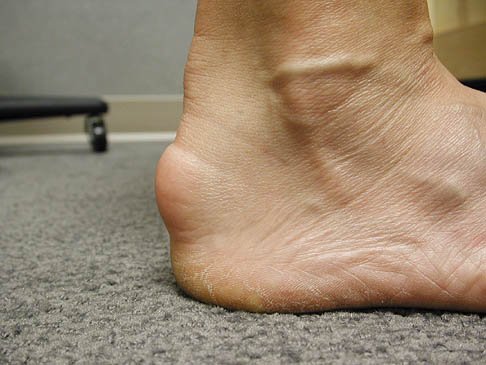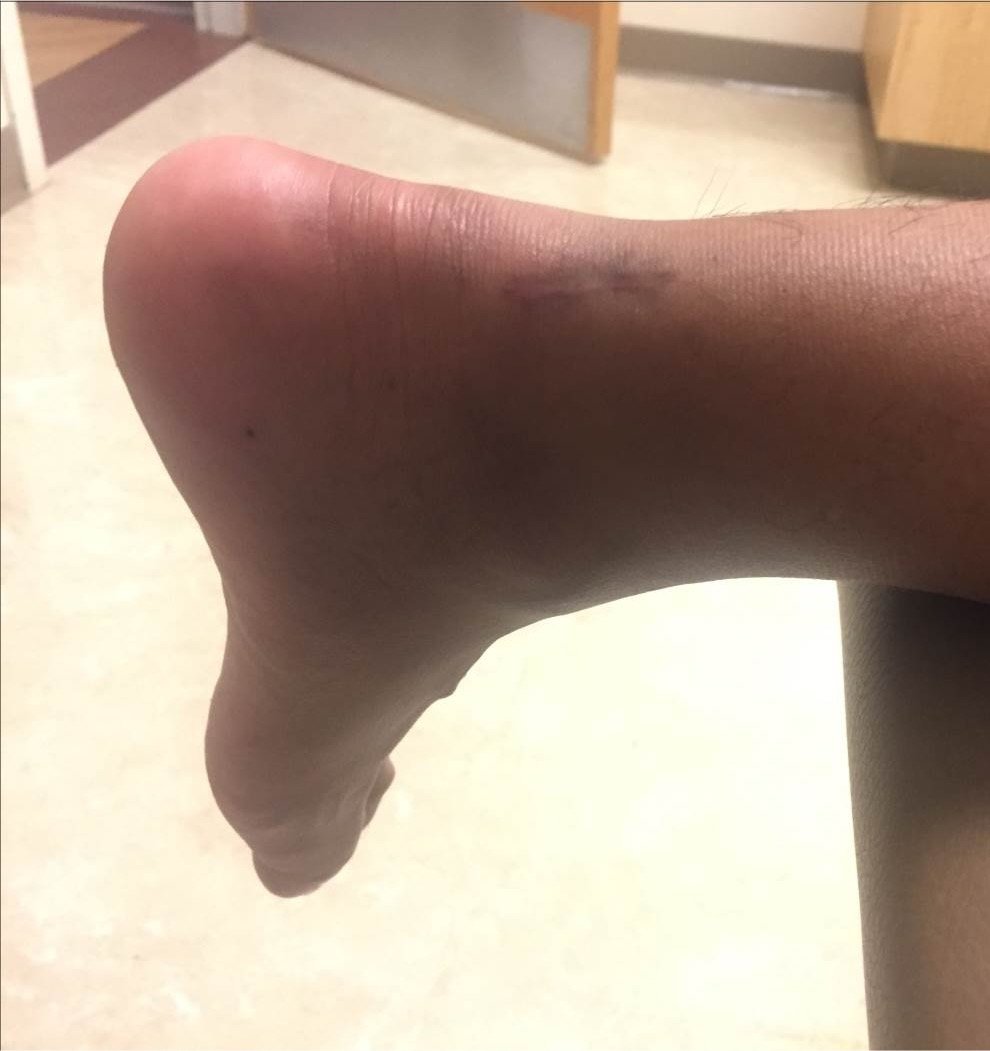Achilles tendinopathy
Background
Achilles tendinopathy is one of the most common causes of chronic heel pain. It is a degenerative process involving the Achilles tendon, which connects the calf muscle to the heel bone.
It is important to recognize that Achilles tendinopathy is not true “tendonitis” or inflammation of the tendon. It is actually from micro-injuries of the tissue that cause scar tissue and incomplete healing. This generates pain and swelling in the back of the heel that worsens with activity.
The first step to managing this problem is getting it diagnosed properly. Even though it rarely leads to an Achilles rupture, this problem can often become chronic and interfere with both recreational and everyday activities.
Evaluation
A full history includes how the problem started, how long it has been present and the types of things that aggravate or improve symptoms. The physical exam involves testing for strength and flexility of the foot and ankle. Areas of swelling can be identified. Some people have thickening of the tendon higher in the ankle (midsubstance tendon) whereas others have a painful bump at the attachment site (insertional). Malalignment and deformity must also be identified since it can contribute to Achilles tendinopathy.
Further workup and management
The majority of Achilles cases are associated with a tight and inflexible calf muscle (gastrocnemius). Rehab guided by a physical therapist has been proven effective in resolving most cases of tendinopathy. The protocol focuses on stretching and eccentric exercises that help the tendon heal over time.
Other treatments such as platelet-rich-injection (PRP) and shockwave therapy can also be added on an individual basis to one’s treatment plan.
~~~
When symptoms are persistent despite consistent therapy, an MRI might be used to identify partial tears in the tendon or bone spurs as reasons for ongoing pain.
Surgery
Surgery is reserved as a last resort, but can be an effective and definitive treatment for Achilles tendinopathy. The type of surgical procedure depends on the abnormalities unique to each case.
Patients with a large bone spur and calcifications in the tendon benefit from shaving of the bone spur (exostectomy) with removal of unhealthy tendon tissue (debridment). The remaining Achilles tendon must be repaired to preserve strength and function. Sometimes, the another tendon in the foot (FHL) is taken to reinforce the repair.
Other patients who only have thickened midsubstance tissue undergo debridement and repair in the affected region.
Recovery
The recovery after surgery takes time to allow for healing of the tendon. Each individual’s protocol must be tailored to his/her procedure, health status and functional goals. The following is a general timeline:
•2 weeks of no weight
•8 weeks in a boot/crutches, increasing weight allowed
•Low impact activities around 2.5 months
•Jogging by 4-6 months
•Return to sports around 9 months
Full strength recovery takes 9-12 months
If you think you have this or a similar problem, please seek prompt evaluation with an orthopedic surgeon or foot and ankle specialist.







